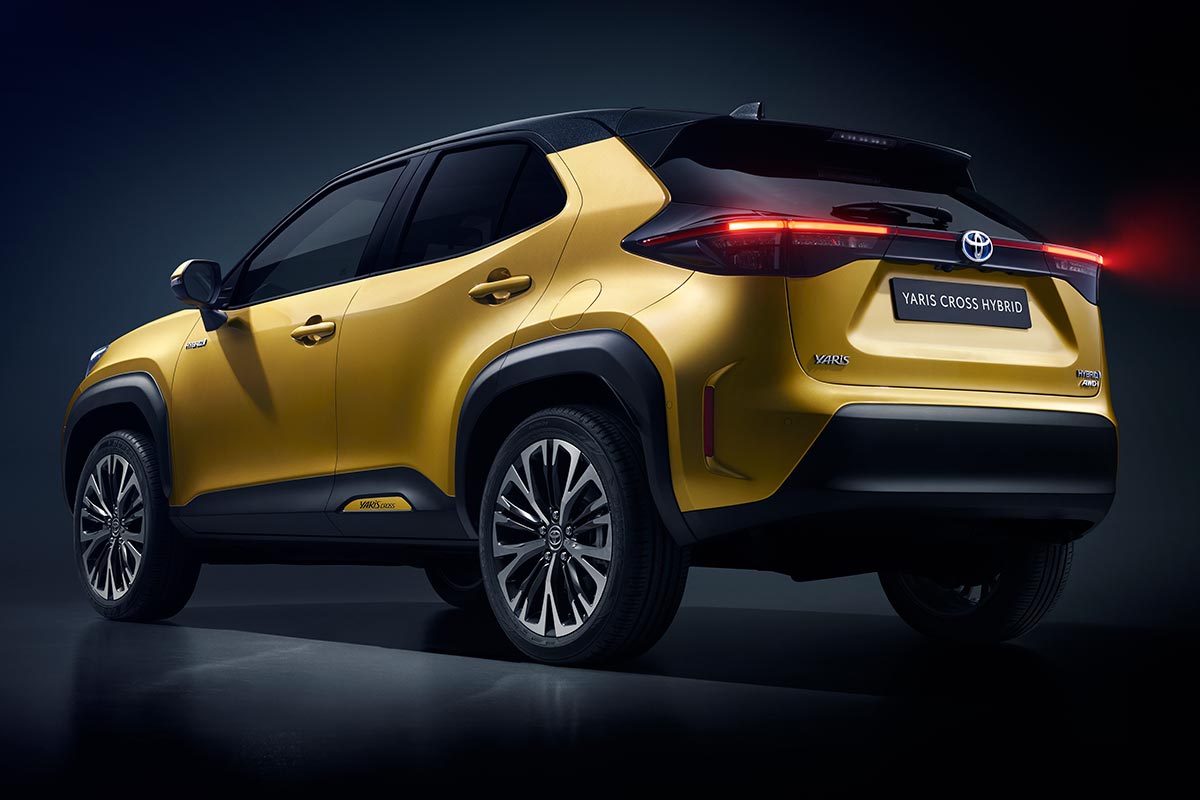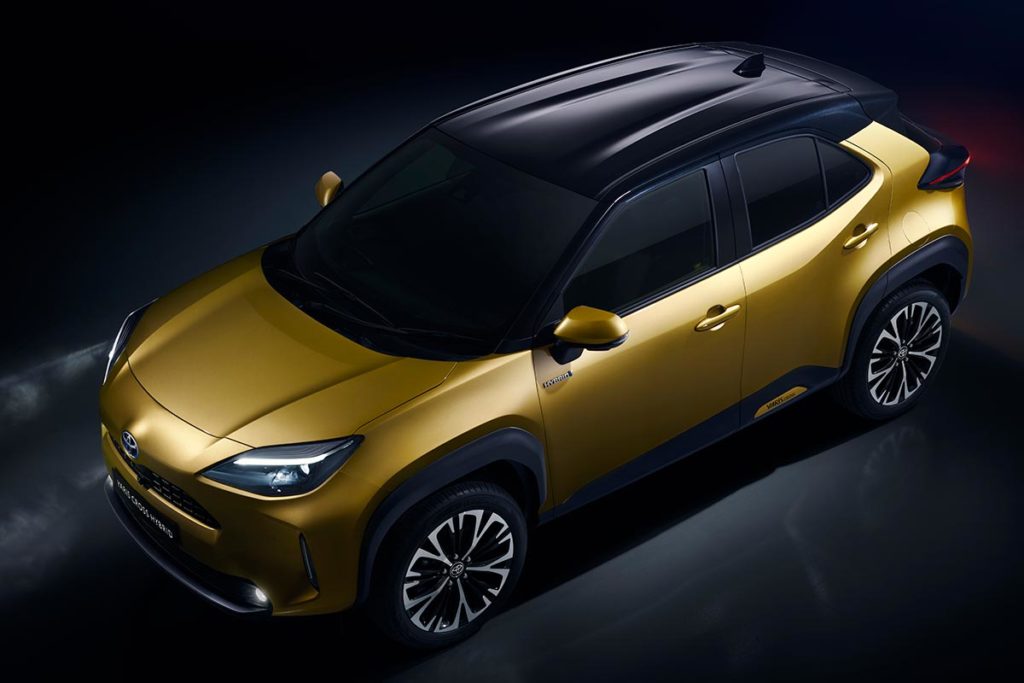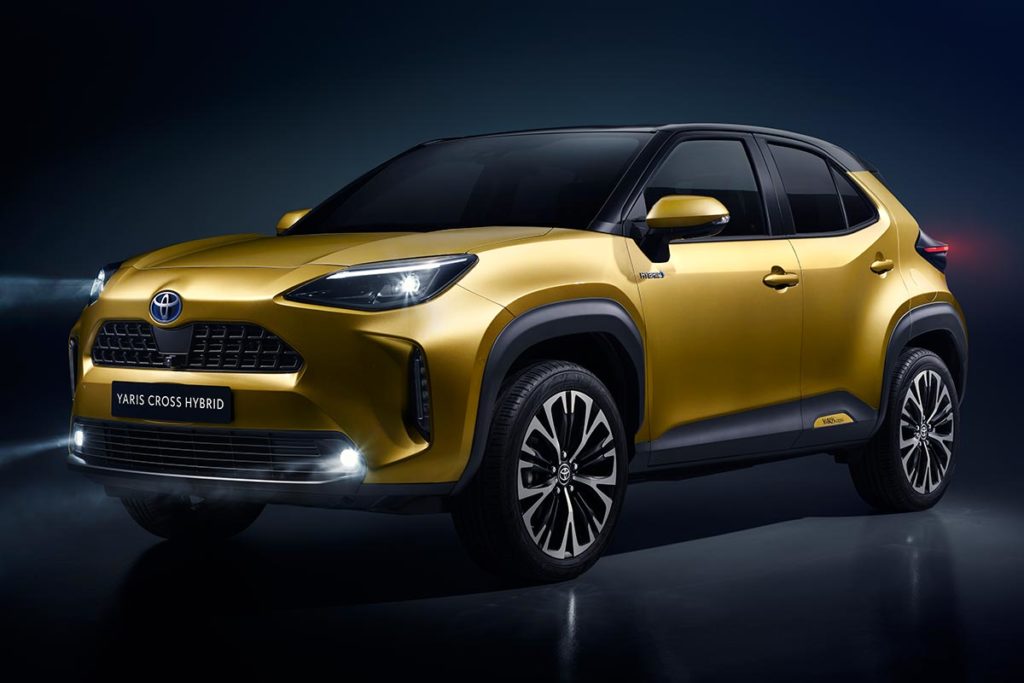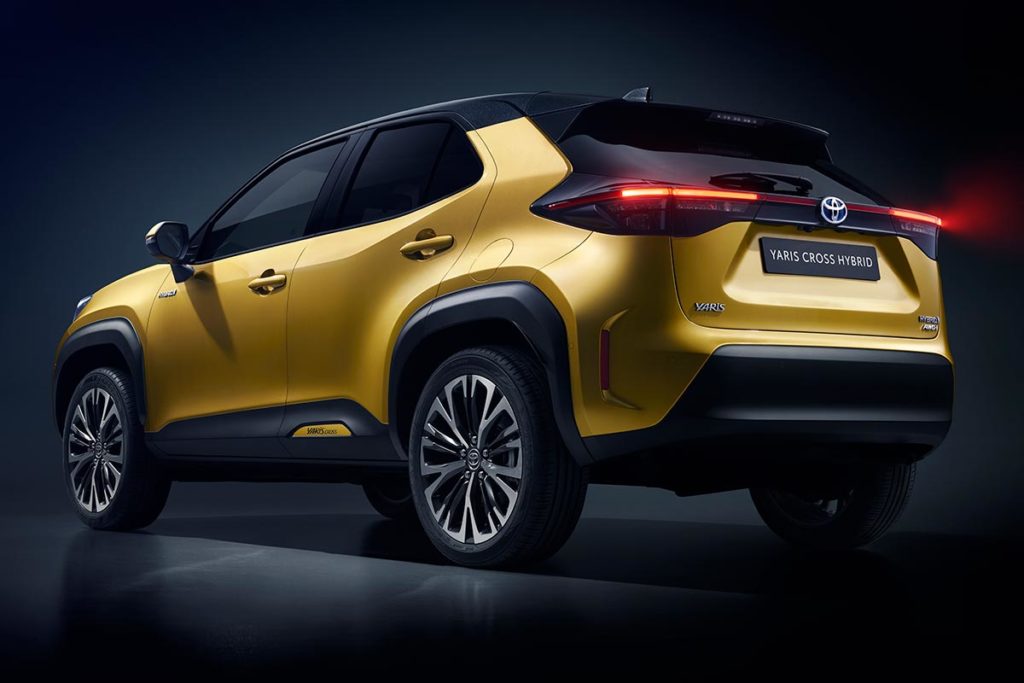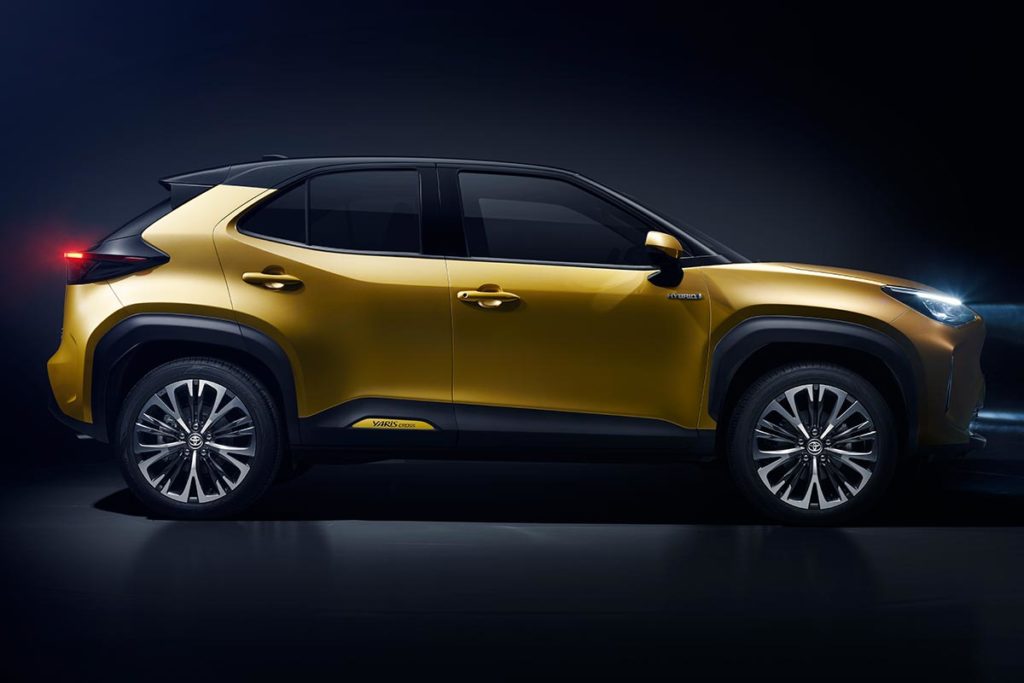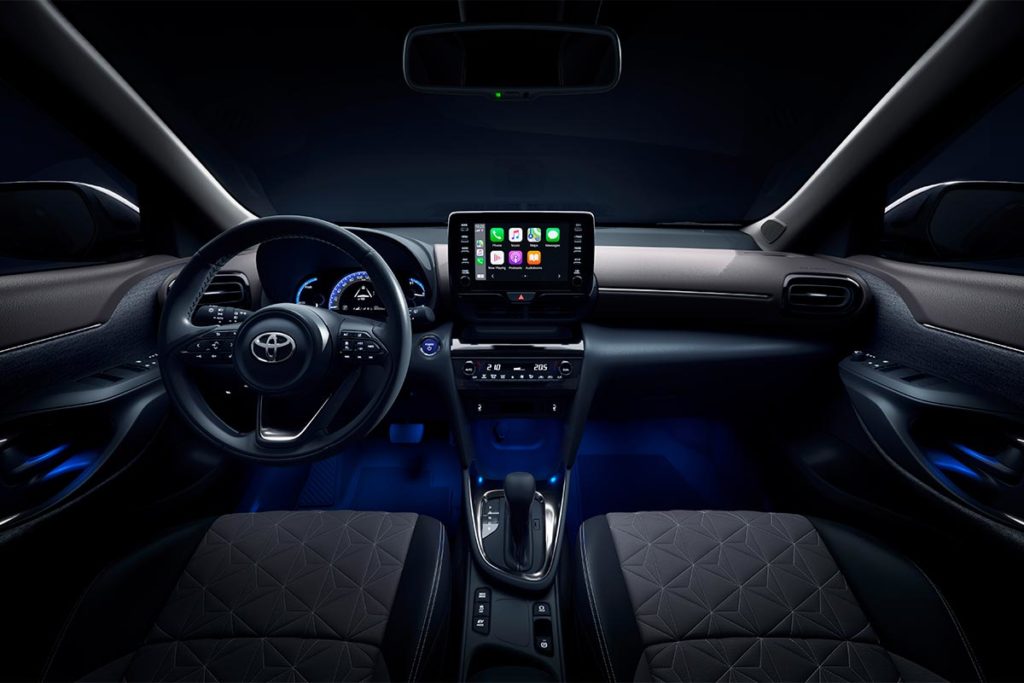Toyota is one of the most important and reputed automakers in the world. The leading defender of hybrid technology in which the Japanese company was a pioneer, thanks the first Prius in the late 1990s. Currently, Toyota’s hybrid range accounts for the majority of its sales in regions such as Europe, demonstrating that diesel engines can be dispensed with in wide-spread models.
Today the company offers models such as the Yaris, Corolla, Prius, C-HR, Camry, and RAV4 in our market, all equipped with hybrid mechanics. Some like the Corolla and the C-HR are also best sellers, to the point that in our country, they are only offered with hybrid mechanics: they are not available with either gasoline or diesel engines.
Until now, Toyota was one of the great absentees in one of the booming segments of B-SUVs. However, the firm has remedied this with the launch of the Yaris Cross, an urban SUV based on the GA-B modular platform (the same used by the new Yaris) that arrives to become a best seller.
The younger brother of the C-HR is presented as a relatively small B-SUV (it measures 4.18 meters long when most of the segment already exceeds 4.20 meters), equipped with a body that can show two-tone schemes, following the prevailing fashion among its rivals. Aesthetically inspired directly from the second generation of the Mirai, something that is evident in the front. The rear for its part is similar to that of the Yaris, while the plastic protections on the bottom and the wheel arches give it a more adventurous touch.
The interior is also similar to that of the Yaris, modern and straightforward. At the same time, at a technological level, we find elements such as the Toyota Safety Sense driver’s assistant package, a multimedia system with a touch screen, Apple CarPlay, and Android Auto. The trunk capacity is 390 liters.
Its fourth-generation hybrid system is composed of a gasoline engine and three 1.5-cylinder (Atkinson cycle) combined with an electric motor. Its power being 116 hp, with a torque of 120 Nm. The battery is for its part lithium-ion. Besides, the model can optionally equip the AWD-i all-wheel-drive system, which adds a second electric motor on the rear axle. Although no technical data is known about this version, its emissions will be less than 100 grams of carbon dioxide per kilometer (the front-wheel-drive variant will drop below 90 grams per kilometer).

